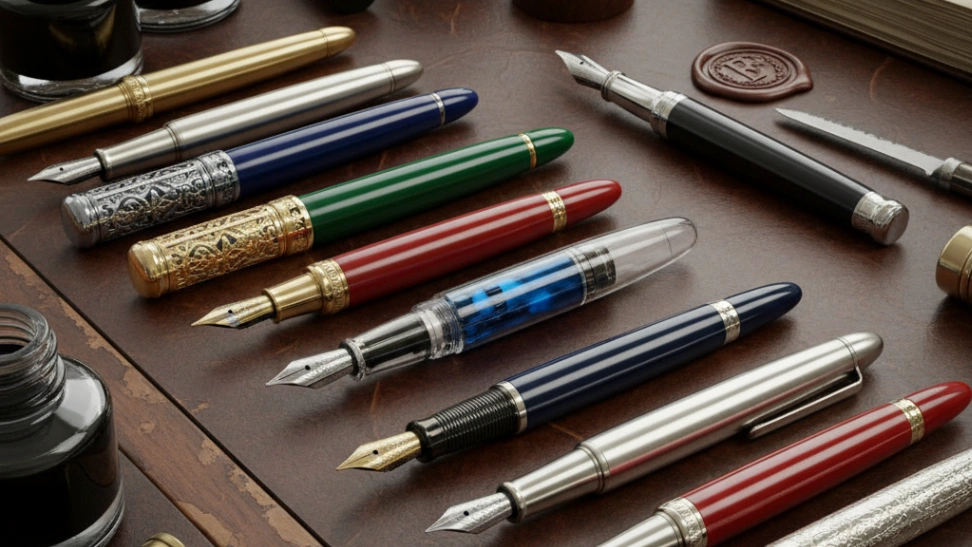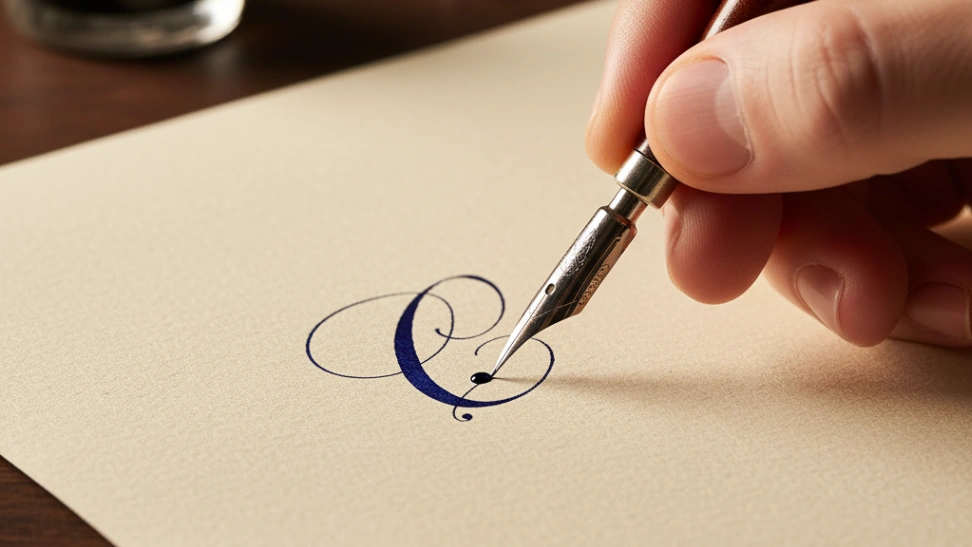The history of fountain pens is a fascinating journey that mirrors the evolution of writing itself. Before their invention, scribes relied on quill pens and dip pens, which required constant re-inking and often led to smudges. The desire for a more practical and portable writing instrument spurred innovation. Early attempts at self-contained ink reservoirs date back to the 10th century, but it wasn't until the 19th century that reliable designs emerged. Key developments included the invention of the iridium-tipped gold nib by John Scheffer in 1827, and later, the capillary feed system by L.E. Waterman in 1884, which prevented ink from leaking or overflowing. This breakthrough made fountain pens a viable and popular choice for everyday use, leading to widespread adoption in offices, schools, and homes. The 20th century saw a golden age for fountain pens, with iconic brands like Parker, Sheaffer, Waterman, and Montblanc producing exquisite designs and advanced filling mechanisms. Despite the rise of ballpoint pens in the mid-20th century, fountain pens have maintained a dedicated following, experiencing a significant resurgence in recent decades as people rediscover the joy and character they bring to writing.
At its core, the fountain pen hobby involves the collection, use, and appreciation of these distinctive writing instruments. Unlike ballpoints or rollerballs, fountain pens use a nib – typically metal, often steel or gold – which is fed liquid ink from an internal reservoir through a capillary action. The variety is immense: pens come in countless materials, from durable resins and precious metals to exotic woods and unique composites. Nibs vary in size (extra-fine, fine, medium, broad, etc.) and shape, influencing the line width and character of the writing. Filling mechanisms range from simple cartridges to elaborate piston fillers and vacuum fillers, each offering a different user experience. A significant part of the allure lies in the vast world of fountain pen inks. Available in an astonishing array of colors, from vibrant neons to subtle pastels, and even specialized inks with shimmering particles or unique shading properties, inks allow for immense personalization and creative expression. The choice of paper also plays a crucial role, as different papers react differently to ink, affecting drying times, sheen, and feathering.
Engaging with fountain pens offers a unique blend of practical utility, artistic expression, and intellectual satisfaction. For many, it's a rebellion against the fleeting nature of digital communication, a way to slow down and savor the act of putting thoughts to paper. The physical feedback of a smooth nib gliding across quality paper, the scent of ink, and the visual beauty of a well-crafted pen create a multisensory experience that digital devices simply cannot replicate. It fosters a deeper connection to handwriting, encouraging more legible and deliberate script. Beyond the personal experience, the hobby has a strong community aspect. Online forums, social media groups, and local meetups provide platforms for enthusiasts to share knowledge, discuss new releases, trade pens, and showcase their ink and handwriting samples. It's a community that appreciates craftsmanship, aesthetics, and the shared passion for an analog art form in a digital world. The pursuit also encourages a level of meticulousness and care, as proper maintenance ensures the longevity and performance of these cherished instruments, teaching users about cleaning, ink properties, and basic pen mechanics.
The benefits extend beyond mere enjoyment. Many users report that writing with a fountain pen improves their handwriting, as the lack of pressure required for ink flow encourages a lighter, more controlled hand. It can also be a calming, meditative practice, offering a mental respite from daily stressors. The sheer breadth of the hobby means there's always something new to explore, from vintage pen restoration to ink mixing, from calligraphy and lettering to exploring different paper types. Some delve into the technical aspects of nib grinding and tuning, customizing their pens for a unique writing feel. Others focus on collecting rare or historically significant pens, treating them as functional pieces of art or historical artifacts. The aesthetic pleasure derived from curating a personal collection of pens and inks, carefully matching them to one's mood or writing task, is a significant draw. Ultimately, the fountain pen hobby is an invitation to infuse everyday writing with beauty, intentionality, and a touch of timeless elegance.



